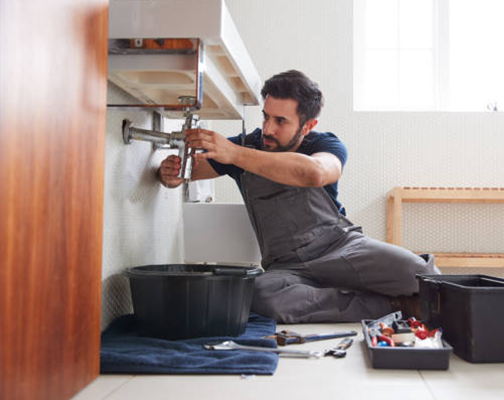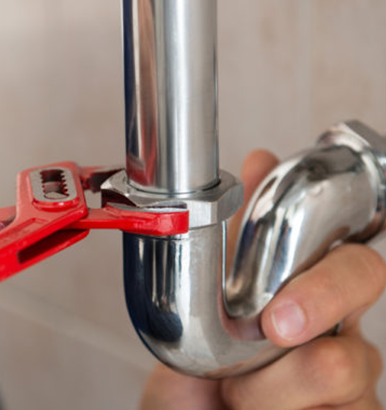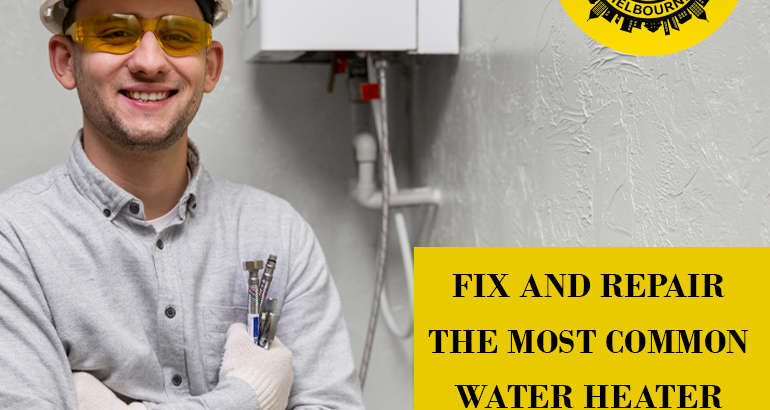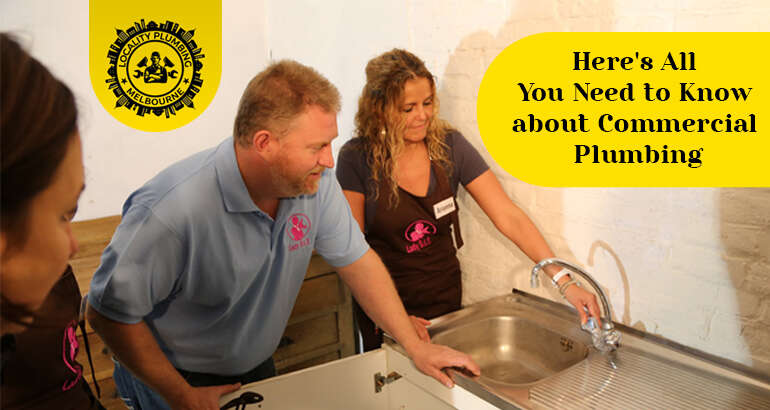
What to Do If a Pipe Bursts in Your Home?
Melbourne residents who experience a burst pipe in their home often wonder what to do. Uninformed homeowners frequently experience water damage to their floors, walls, and priceless valuables.
At Locality Plumbing, the experts are well-skilled at assisting residents in trouble when their pipes burst. Our plumbers explain why, the warning signs, and what to do. It’s simpler than you would imagine! When you adhere to these suggestions, your home is less likely to sustain water damage, and the damaged pipe is quickly restored to working order.
Pipe Burst Causes
There are numerous reasons why a pipe might explode. There are numerous contributing elements. However, there are some typical issues that most homeowners occasionally deal with. It’s rare for a pipe to burst overnight, so monitor your plumbing system all year long. Here are a few of the most typical reasons why pipes burst.
- Corrosion. The pipes first burst due to corrosion. Inconsistencies in the pH of the water induce corrosion. Corrosion is also significantly influenced by rust. In either situation, the corrosion occurs over time until the pipe finally fails. The strength of the pipe is compromised by rust and pH imbalances, which cause leaks and bursts. Homes with well water are more likely to have rusted pipes since the water often contains more iron.
- Frozen. Frozen pipes are a significant issue in regions with severe winters with blocked drains in Melbourne. The water in the pipes freezes when it is below 32 degrees. The ice and the pipe break if the temperature rises quickly, such as when you turn on your hot water. Keep your home warm if you have lengthy, chilly winters to avoid this problem.

- Movement. In most cases, pipe movement is unintentional. After winter, pipes may occasionally shift because of the pipes’ tendency to compress in the cold. Other times, changes happen due to plumbing repairs to other areas or when too high of water pressure disturbs the pipes; when this motion raises the water pressure in a certain place, a pipe bursts.
- Clogs. Clogs in any part of the pipe also increase water pressure. The pipe system isn’t overly affected when the obstruction is close to the drain. The water pressure increases around the clog if it develops deep in the pipe. Water seeps outside of the pipe because it has nowhere else to go.
How to Spot a Burst Pipe?
Large water pools within the house are generally signs of a pipe burst to homeowners. There are other indications, though. If you don’t know what to look for, locating these indications will be more difficult. You most likely have a busted pipe if you experience more than one of these problems.
Look out for these typical signs.
- Puddles. If a puddle significantly increases when the water is turned on, it most likely represents a burst. Small drops frequently signify a leak. When a pipe bursts, water pools underneath it and travels through walls. For instance, the region right beneath the sink in the bathroom will collect the most water in the event of a burst. If the pipe bursts, however, there are also puddles on the floor around the toilet and bathtub. If there is a leak, the water will probably stay there.
- Issues with water pressure. Because a burst impairs the efficiency water flows through the pipes, the water pressure also signals a problem.
- Wall blemishes Numerous factors might cause stains, but significant water stains on the walls typically point to a pipe issue. The ceiling also has these stains. In most cases, the stain’s position indicates where the pipe actually bursts. In this regard, wall stains are among the more useful signs of a burst pipe because it is simple to identify the precise location of the burst with Melbourne emergency plumbers.

- Colourless water A ruptured pipe is also indicated by discoloured water. Strange hues can also be a sign of various other problems, though. For instance, brownish water may be caused by excessive manganese content rather than a burst pipe. Still, corrosion in the pipes can cause bursts, and crimson water typically signals this. Keep a look out for any other symptoms and changes in the colour of your water.
- Hefty water bill Burst pipes are frequently indicated by high water bills. Water is wasted, and your bill is increased when excessive volumes of water seep through the hole or crack. Additionally, homeowners may need more water than usual to attain sufficient pressure because a burst affects water pressure.
- Water has an odour. Water smells are another typical sign of a ruptured pipe. Although there are many reasons why water smells occur, a metallic smell, combined with the other signs on this list, implies pipe bursts. If rust is blamed for the break, the water will be reddish and have a metallic odour.
How to Handle a Burst Pipe?
Pipe bursts are more under the hands of homeowners than they would realize. You may do several things to reduce the water damage, even though actual repairs must be left to experts. These are quick solutions to keep water away from valuable items in your home and need minimal plumbing expertise. Implement these easy tips before your plumber arrives.
- Cut off the main. The water supply should be turned off before continuing. When a pipe bursts, you don’t want fresh water to enter the system. Managing the water already in the system is far simpler than any new water. When the plumber says, you can, don’t turn the water back on.
- Phone a plumber. Call a plumber next. To limit the damage as much as possible, do this as soon as possible. Call as soon as possible to minimize the wait time because you never know when the plumber will be able to visit your house. The plumber identifies the issue, offers potential remedies, and resolves it.
- Sanitize the water. To prevent excessive water damage, rapidly remove any extra water. When a pipe bursts, some water damage is unavoidable; nevertheless, the sooner the water is cleaned up, the less probable your goods will sustain irreversible harm. Fast cleanup also prevents the growth of mould and mildew. The longer the water remains, the more likely these things may grow, so clean and dry the area as soon as possible with service providers of blocked drains near me.
- Drainage taps. Drain the water from the toilets by flushing them several times. Cold water should be used first, followed by hot water. Verify the boiler
- Let warm air in. Pipes that are frozen must gently thaw to avoid further harm. Increase the heat in your house to accomplish this if the heat is still insufficient, warm the pipes with a hair drier. Despite being slow, this heats the pipes gradually enough to stop more fractures. The pipe bursts when the temperature is drastically changed.
Local Plumbing Aids in Pipe Burst Repair
Use these strategies to prevent water damage as soon as pipes rupture rather than dealing with the effects of broken pipes. This prevents water waste, which keeps your water cost reasonable and lessens the damage.





